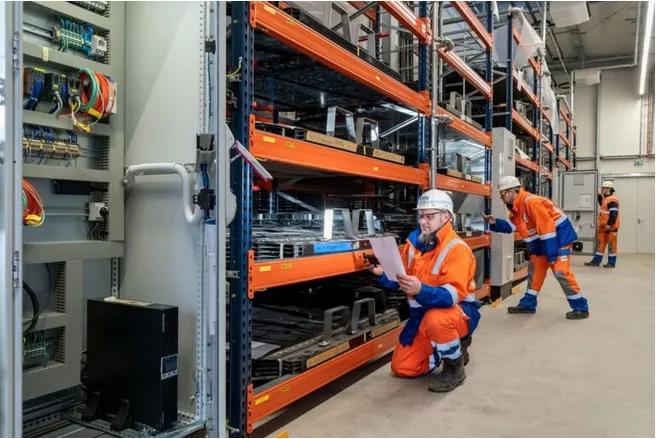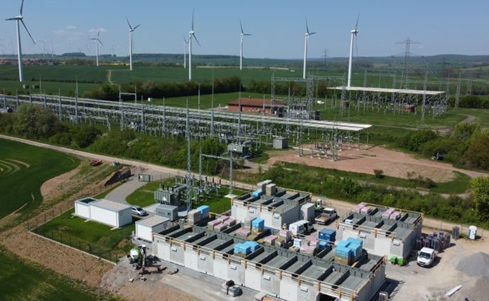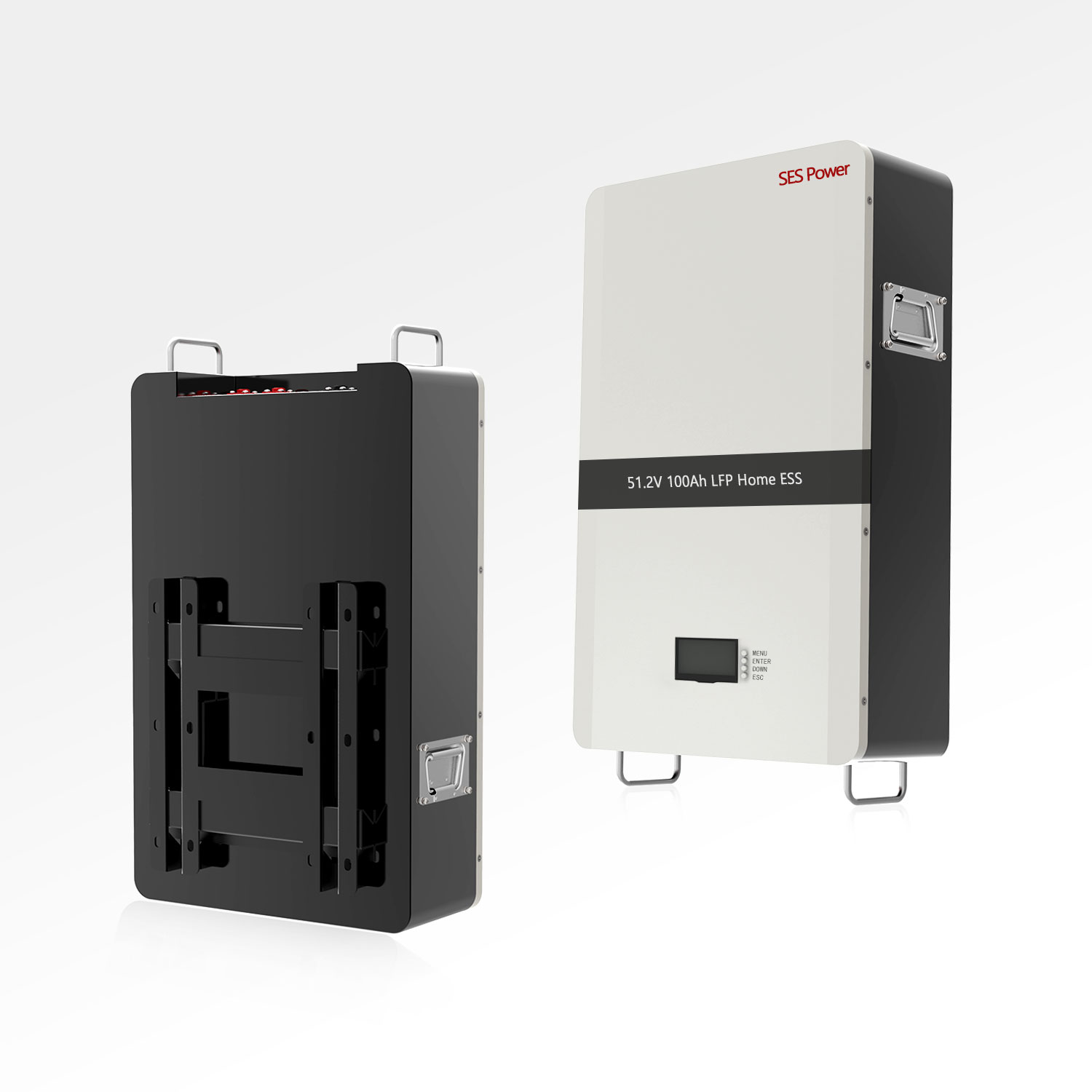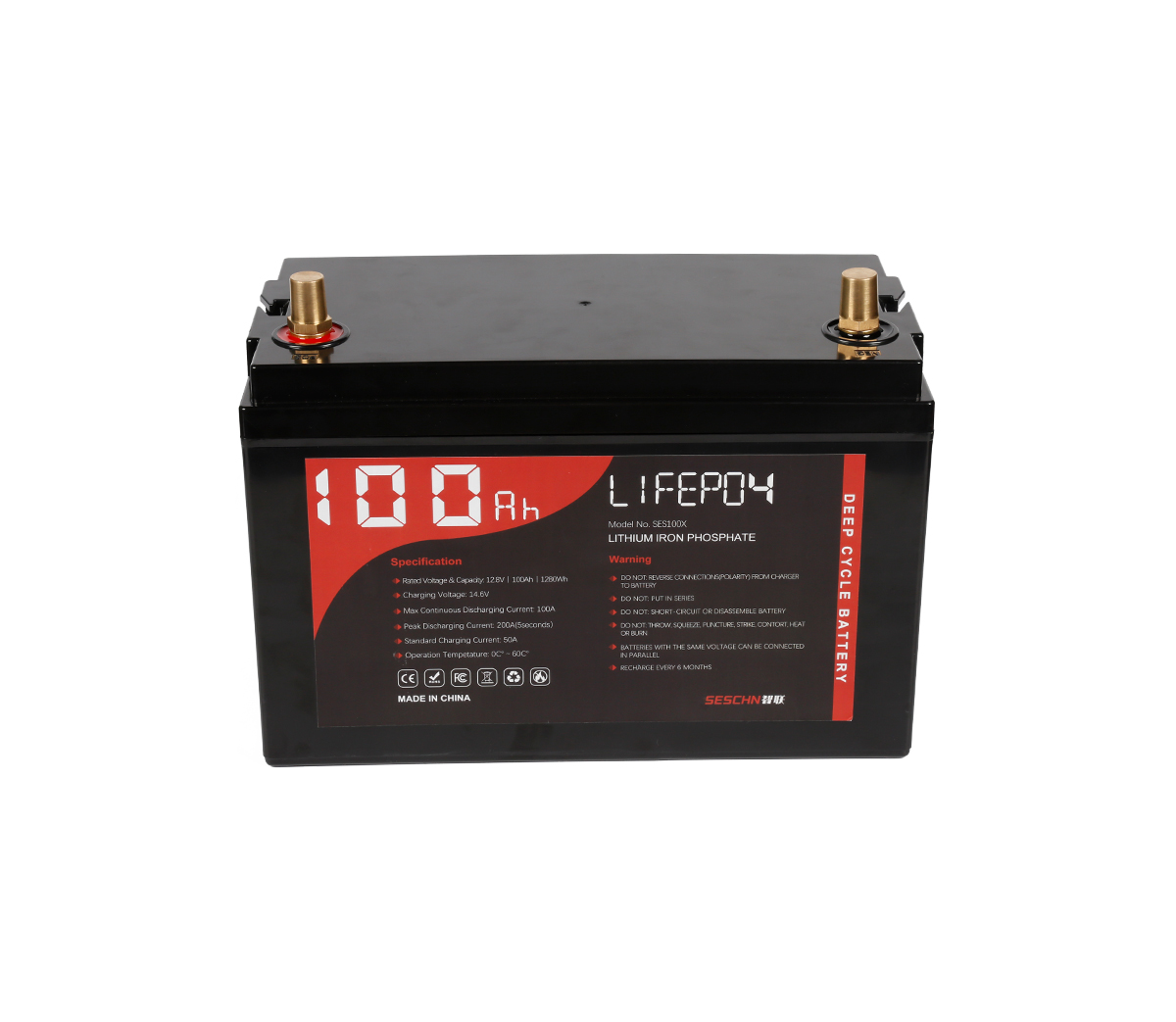Germany's early lead in the European battery energy storage market is now gone, according to a recent survey released by RWTH Aachen University. But with the need for energy independence, some industry players and experts believe the German energy storage market is about to change.
As Europe's largest economy, Germany is typically the focus of rapid industry growth and international corporate attention. But in terms of large-scale grid-side battery energy storage projects, Germany lags far behind the UK, Ireland and France in terms of deployment in 2021.
In contrast, the German residential energy storage market has been growing very strongly as residential customers increasingly seek to support their homes with storage for their PV systems. But Germany installed only 32 MW (more than 1 MW) of energy storage projects last year.
However, this situation is now beginning to change.

(Germany's RWE opens operation of a 4.5MWh stepped-up energy storage system for decommissioned power batteries in January 2022)
Jan Figgener, head of grid integration and energy storage systems analysis at RWTH Aachen University in Germany, said, "The large scale energy storage market is gaining more traction and the urgent market demand will provide a huge boost to the growth of the energy storage market."
British investor Gore Street Capital and renewable energy developer Anesco have entered the German market in the first quarter of 2022. In June, Swiss Life Asset Management, which has $290 billion to invest, joined the party when they acquired a platform in Germany with a planned portfolio of 220MW battery energy storage systems.
But this optimism is not necessarily widely shared.
Claus Urbanke, head of wind and solar power in Germany at Norway's Statkraft, said the company currently sees no business case for stand-alone deployment of battery storage systems, although it is participating in a tender for German grid operator Bundesnetzagentur.
Jorg Blaurock, a partner at 3 Energie Consulting, which produces an annual report on the energy storage industry for the German Energy Storage Association (BVES), agrees to some extent. He said Germany does not currently need more energy storage systems to maintain stable grid operations because existing generation assets and grid interconnections with other countries are already well positioned to meet Germany's electricity needs, which are primarily driven by the wholesale energy market's opportunity to take advantage of increased volatility.
An important reason why the German battery storage market has not yet emerged is the relatively small size of the grid frequency services market, which is typically the first driver for deploying battery storage systems because of the guarantee of stable revenue. This is related to Germany's greater options for grid flexibility, including significant interconnection with other national grids.
ECO STOR, a developer of energy storage projects, said that frequency containment reserve (FCR) is the main auxiliary service provided by battery storage systems, but only 550 to 600 MW capacity of frequency containment reserve (FCR) market is close to saturation, and Germany has deployed about 600 MW of battery storage systems for this purpose.
Urbanke of Statkraft pointed out that the frequency containment reserve (FCR) service will soon be replaced by automatic frequency recovery reserve (aFRR), which will help make this service internationalized in the power market of European countries connected to the grid, although it will not increase the market size by itself.
Germany installed nearly 200 MW of utility-scale battery storage systems in 2018, a record year for the country's energy storage industry, according to data released by Delta-EE. However, its market growth slows sharply in 2020 and 2021 as frequency containment reserve (FCR) services become increasingly saturated.
The largest battery-ready energy storage system currently in operation in Germany is the 60MW/52MWh Lausitz battery storage system connected to a coal-fired power plant operated by power plant operator and utility LEAG. LEAG, RWE and other large utilities have been major players in installing large battery storage systems to date, said Lars Fallant, chief operating officer of energy storage project developer Tricera Energy.
These are market-driven projects that can take advantage of grid frequency services and trading opportunities, he added. These services and innovative tenders that incentivize co-located deployment of storage projects, as well as a few large-scale tenders for energy storage, are the key future drivers of the German energy storage market.

(The Smareg4 energy storage project deployed in Eisenach, Germany was developed by Smart Power and recently acquired by BCP Battery)
The Russian-Ukrainian conflict has boosted ancillary services and short-term trading.
Like the rest of the EU, Germany recently raised its 2030 renewable energy deployment target and will reduce its dependence on Russian fossil fuels more quickly in the wake of the Russia-Ukraine conflict.
Germany's grid will adopt more renewable power, which will increase market volatility and thus create opportunities for battery storage systems to take advantage of short-term trading markets. delta-EE expects this increase in storage deployment to begin in 2025, although the expected figure is still well below the required amount. About 450 MW are expected to be added in 2025, while about 800 MW will be added by 2030.
Georg Gallmetzer, managing director of ECOSTOR, said the projections are premature even though the existing revenue opportunities for energy storage systems have increased significantly before more renewable generation facilities are deployed. This is despite the fact that historically, large battery storage systems have accounted for half of the total value of revenues from energy storage projects coming online after 2022.
Price and short-term transaction spreads in the ancillary services market have recently increased exponentially, he said, to the point where commercial project growth is stronger than last year, even as material costs have increased by 30 percent due to supply chain constraints (e.g., lithium-ion batteries, transformers, concrete and construction work).
Fallant agrees, saying, "The frequency response and energy trading markets have increased recently, but most users are choosing frequency response services because of the shorter charge/discharge cycle times and slower battery aging. But the outlook is that battery storage systems will do more energy trading, although no one knows exactly how prices will fluctuate."
Gallmetzer said the opportunities for energy storage deployment in the German grid will continue to grow over the next 10 to 20 years, as the growth in installed capacity for deploying energy storage systems will never keep pace with the growth in renewable energy.
SES Power believes that Germany, as one of the strongest economies in the EU, has sufficient social capital to upgrade its energy system, and the Russian-Ukrainian conflict has accelerated this process, which will be an opportunity for energy storage practitioners.

We have paid attention to the demand of lithium battery energy storage system products for a long time, and SES Power has launched corresponding products for different application scenarios to achieve the best cost performance, such as lead-acid replacement products with balanced performance of square aluminum-cased lithium iron phosphate batteries (12V100Ah, 12V200Ah, 24V100Ah, etc.), high-current (2000A) starter lithium batteries, and UPS high-voltage lithium battery system (up to 860V), 3Kw~20Kw off-grid, grid-connected, islanded lithium battery energy storage system, wall-mounted form of home energy storage system 48V100Ah, 48V200Ah, stacked energy storage system (single unit of 51.2V100Ah, supporting up to 15 stacks), etc.
If you have any questions about lithium batteries, you are welcome to contact us.





































